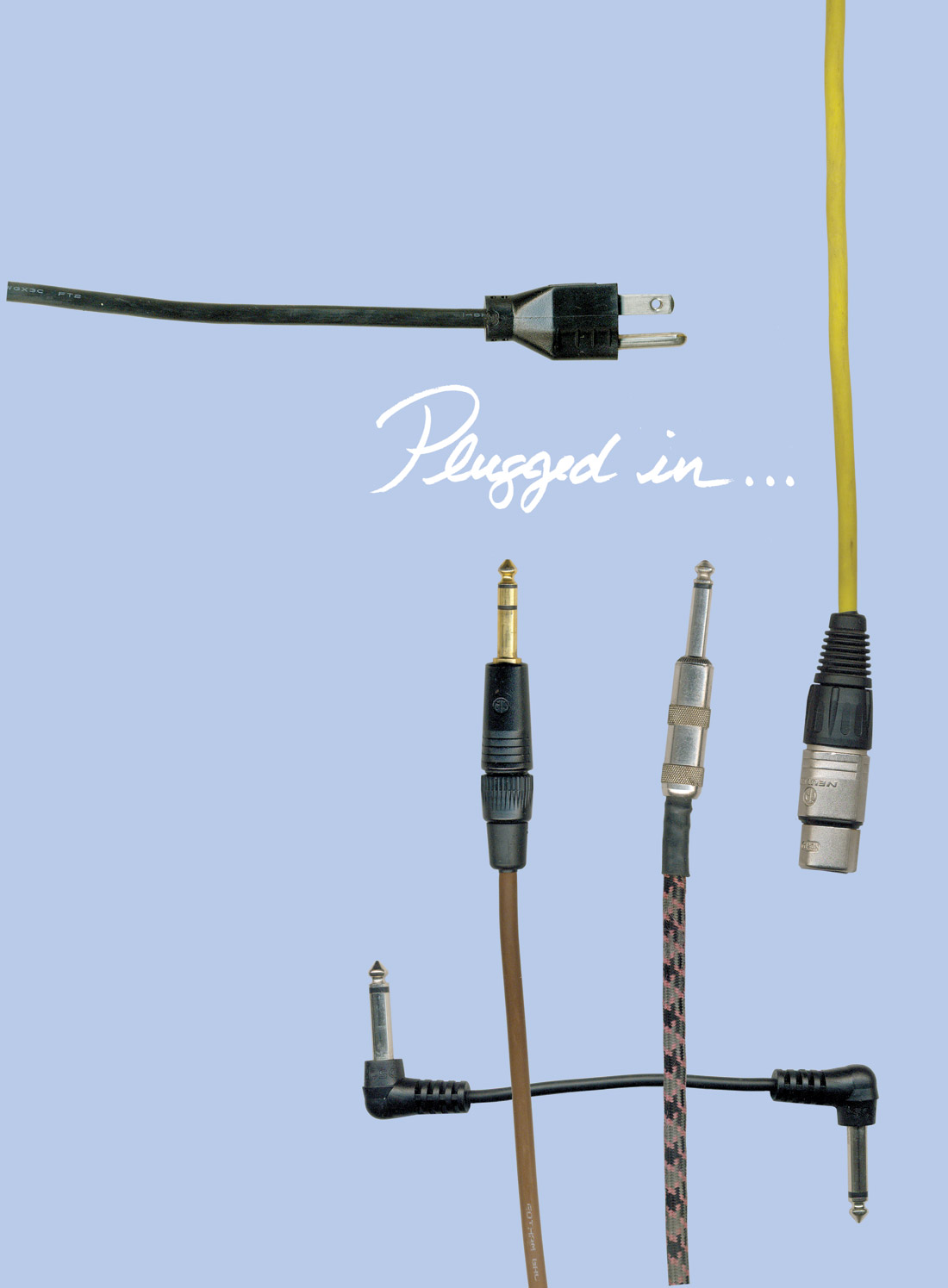When the Royer R-121 ribbon mic (Tape Op #19) came out in 1998, word on the street from working engineers was overwhelmingly positive. I borrowed one from Jeff Stuart Saltzman and soon bought my own. Ribbon mics were coming back in style (kudos to Wes Dooley for keeping the faith), and Royer had delivered a great new mic. So here we are twelve years later, and Royer has a wonderful line of stereo and mono ribbon mics, Chinese factories knock out ribbon mics of varying quality, Dooley's AEA has some very fine mics, and Shure just bought up Crowley & Tripp and dove back into the market they left decades before. So what is Royer to do? The R-121 sells for a street price of $1295. It's worth it, but that ain't cheap. Anyone that knows Royer Labs' commitment to quality would guess that they're not about to make a crummy, low-quality mic and spoil their rep. Enter the R-101, a "lower-cost" version of a mono, passive ribbon mic, with a slightly larger, cylindrical body (no cute little ears around the magnets), a "multi-layered windscreen" (to help protect the ribbon), plus a free shockmount - and it's built in their shop in California. But here's the thing - as I suspected, lower cost doesn't mean any dip in quality; it just means a different flavor.
I used a pair of these mics on several "cold call" sessions (see this issue's intro). For drum overheads, they provided that smoothed-out cymbal sound, and with a bit of low-mid cut and high-shelf lift (the usual procedure with ribbons, I find), they really worked well, providing a slightly retro-album sound that the band wanted. On sax? The growl was kept intact, and the clicks and audible artifacts a sax makes were in check. On guitar amps, the sound was easy to capture, and this is where I first found the true difference between the R-101 and the venerable R-121; the 101 had a seemingly reduced proximity effect and less low boominess in general. I'm not sure if this lessening of the low-end causes it, but the R-101 also sounds a tad brighter - in a way, a bit more like a Shure SM57 or comparable dynamic mic, but with that quite different transient response that a ribbon mic has. On acoustic guitar, this was quite noticeable, especially when I compared the mics directly. And then it hit me - in general I haven't liked using my R-121s as drum overheads, although using the SF-12 stereo mic (Tape Op #25) on drums at Tucson's WaveLab was highly rewarding. But the heavier low-end of the R-121 always sounded out of place for me, especially in the old Jackpot! building, with its lower ceilings. But the R-101 was appealing to me right from the start.
I think of microphones as my first line of defense on a session, and I rarely think of a mic as being flat-out lousy. (Ask me over a beer, and I'll give you a short list.) In the case of the R-101, I'm damn excited, as I feel Royer has given us another color of ribbon mic to work with, with their superior build quality and customer service, and at a decent price point as well. My review units will not be returned, and I can't wait to pull them out during my next session.
Microphones | No. 126
d:vote CORE 4099 Instrument Microphone
by Will Severin
DPA's approach when creating the d:vote CORE 4099G Instrument Microphone was to create a mic that is equally at home on the stage and in the studio. When I perform live, I want my acoustic guitar to...




_disp_horizontal_bw.jpg)